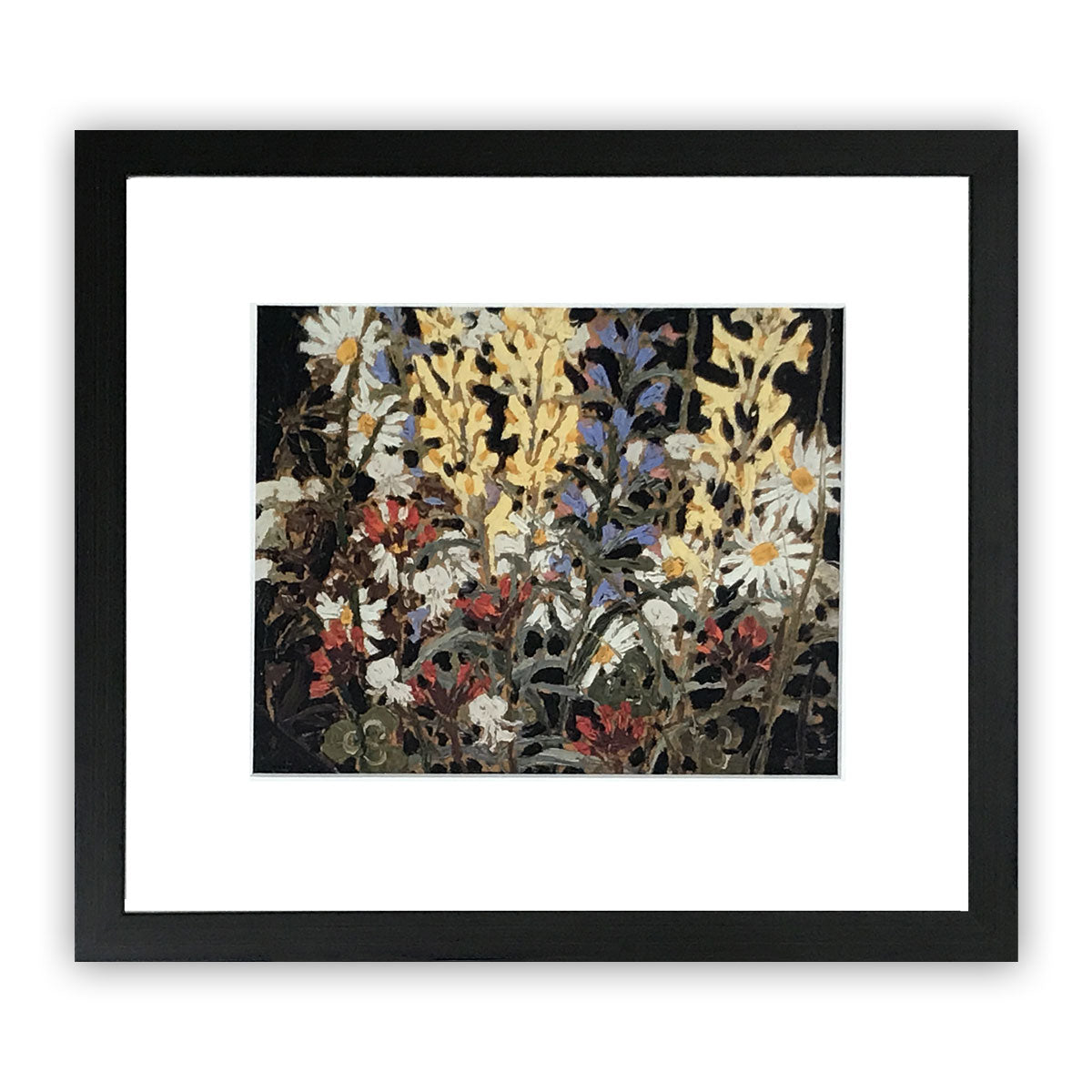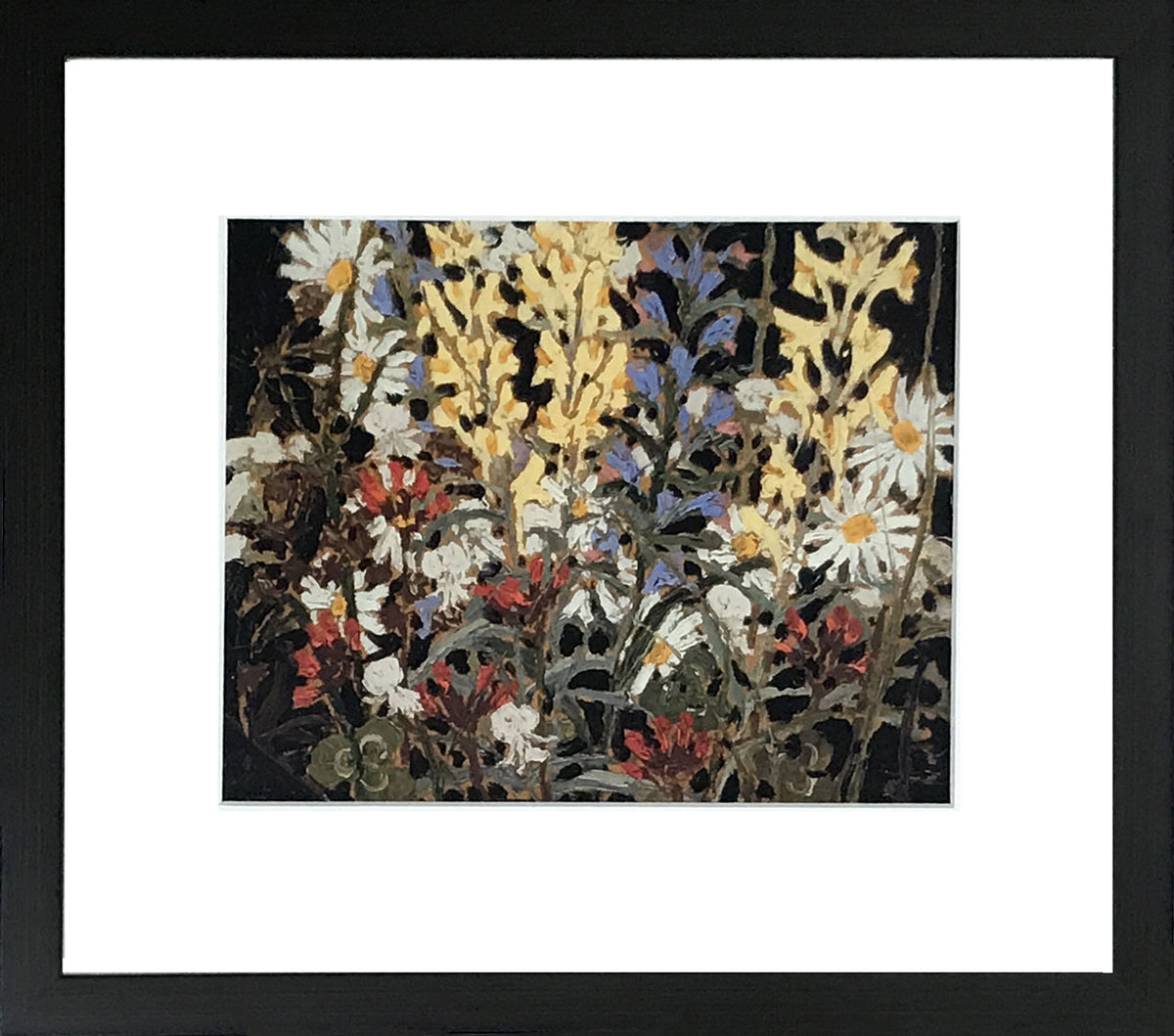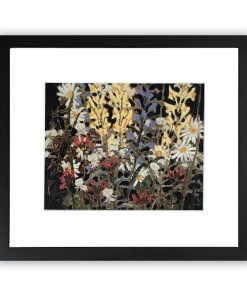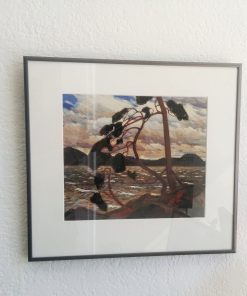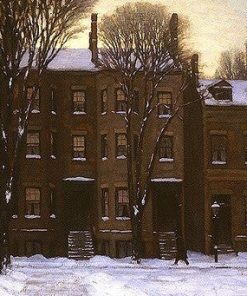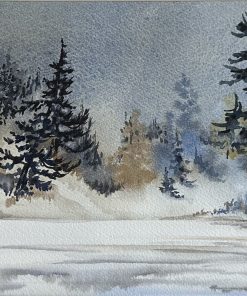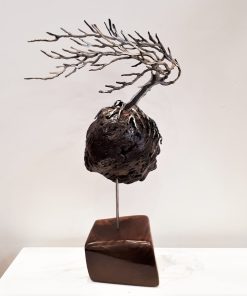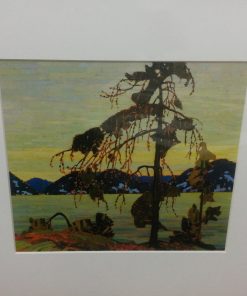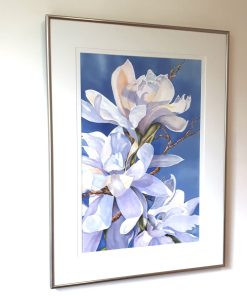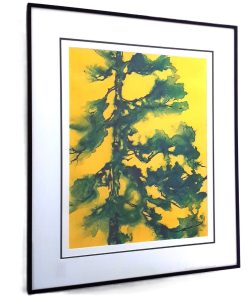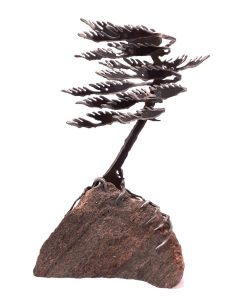Framed Group of Seven Print – Tom Thomson – WILDFLOWERS, 1915 McMichael Canadian Art Collection
$ 135,00 $ 54,00
Available in-gallery, or for local pick-up only. This iconic Canadian painting depicting typical Canadian flora is part of the collection at the McMichael Canadian Art Collection, and is reproduced with copyright permission. Painted by Tom Thomson in 1915, this was a rare subject matter for this famous Canadian landscape artist.
Image size: 8″ x 10″. Framed to 13 1/4″ x 15″ Professionally framed in a slightly textured archival mat with brownish/black solid wood Canadian-made frame.
The Artist: Tom Thomson (1877-1917) is arguably Canada’s most intriguing, and perhaps its most iconic artist. Tom’s love of the wilderness led him to Algonquin Park in the spring of 1912 with a sketch kit in hand, and he encouraged his colleagues at Grip in Toronto, (future Group of Seven members, J.E.H. MacDonald, Arthur Lismer, Fred Varley and Franklin Carmichael) to join him, where they painted together and became known informally as the Algonquin School. Through MacDonald, Thomson also met Lawren Harris and shared studios with A.Y. Jackson at the Studio Building where Lawren Harris was driving and supporting a new movement in Canadian art. By 1914, Thomson’s paintings of the north were already becoming recognized by The National Gallery of Canada, Ottawa. Unfortunately, the progress of the informal group of artists were interrupted by the outbreak of the First World War. The group would not formally come together again until after Tom’s death, to form Canada’s first national school of painting, the Group of Seven. On July 8, 1917, Thomson disappeared while paddling across Canoe Lake. His body was found 8 days later. Though ruled an accidental drowning, the cause of his death is surrounded by skepticism to this day. Although Tom Thomson did not live to see the birth of the Group, his name became synonymous with the radical group of painters who would create and reflect Canadian identity through painting.
.
Professional packing and fast shipping
Thanks to our longstanding association with UPS FedEx DHL, and other leading international carriers, we are able to provide various shipping options. Our warehouse staff are educated to pack your items exactly according to the specifications we provide. Before they are shipped, your goods will be thoroughly examined and secured. Every day we ship thousands of packages to clients across many countries. Our determination to be the largest online retailer around the globe is evident by this. Warehouses and distribution centers can be located in Europe as well as in the USA.
Please note that orders with more than one item will be given a processing time according to the particular item.
Before shipping, all ordered items will be thoroughly inspected. Today, most orders will be shipped within 48 hours. The expected delivery time is between 3-7 days.
Returns
The inventory is always changing, and not fully managed by us because of the involvement of multiple different parties, such as the factory and our warehouse. This means that the actual stock could change at any time. Please be aware that it's possible that your order will become unavailable even after you have placed the order.
Our policy is valid for 30 days. We cannot exchange or refund your order after 30 days from the date of purchase.
To be eligible for a refund your product must be unopened and in the same condition as when you received it. It must also be in the original packaging.
Related products
Framed Original Painting
Framed Original Painting
Framed Original Painting – THE LIGHTNESS OF BEING Tiina Price
Framed Print
Framed Group of Seven Print – Tom Thomson – WEST WIND 1917 McMichael Canadian Art Collection
Framed Original Painting
Framed Original Painting – PRELUDE TO A NOCTURNE Tiina Price
Framed Original Painting
Framed Original Painting
Framed Original Painting
Framed Original Watercolour Painting – STEPPING STONES INTO SUNRISE Tiina Price
Framed Original Painting
Framed Original Painting
Original Watercolour Painting
Framed Original Painting
Framed Original Watercolour – THE RESTLESSNESS OF SEASONS Tiina Price
Framed Original Painting
Framed Original Watercolour – NOCTURNE FOR A WINTER’S EVE Tiina Price
Framed Original Painting
Framed Original Watercolor – WHITE STAR MAGNOLIAS Tiina Price
Framed Original Painting
Framed Original Painting
Framed Original Painting
Framed Original Painting
Framed Original Ink and Watercolour on Yupo – ROOTS AND WINGS Tiina Price
Framed Original Painting
